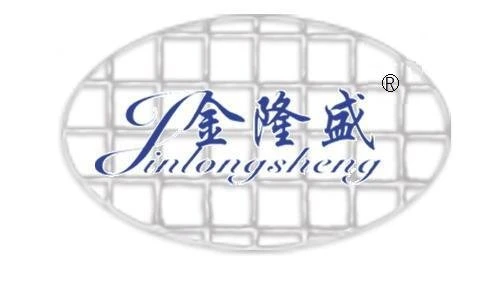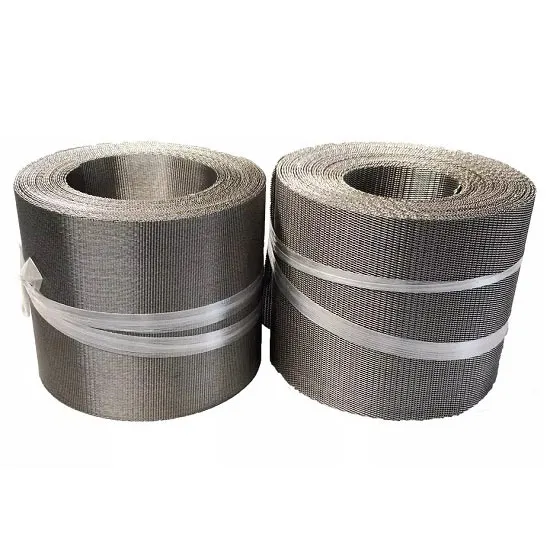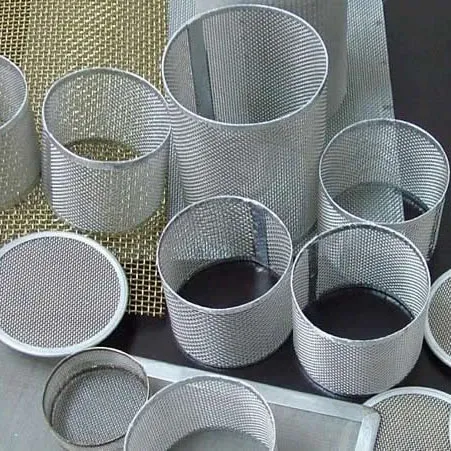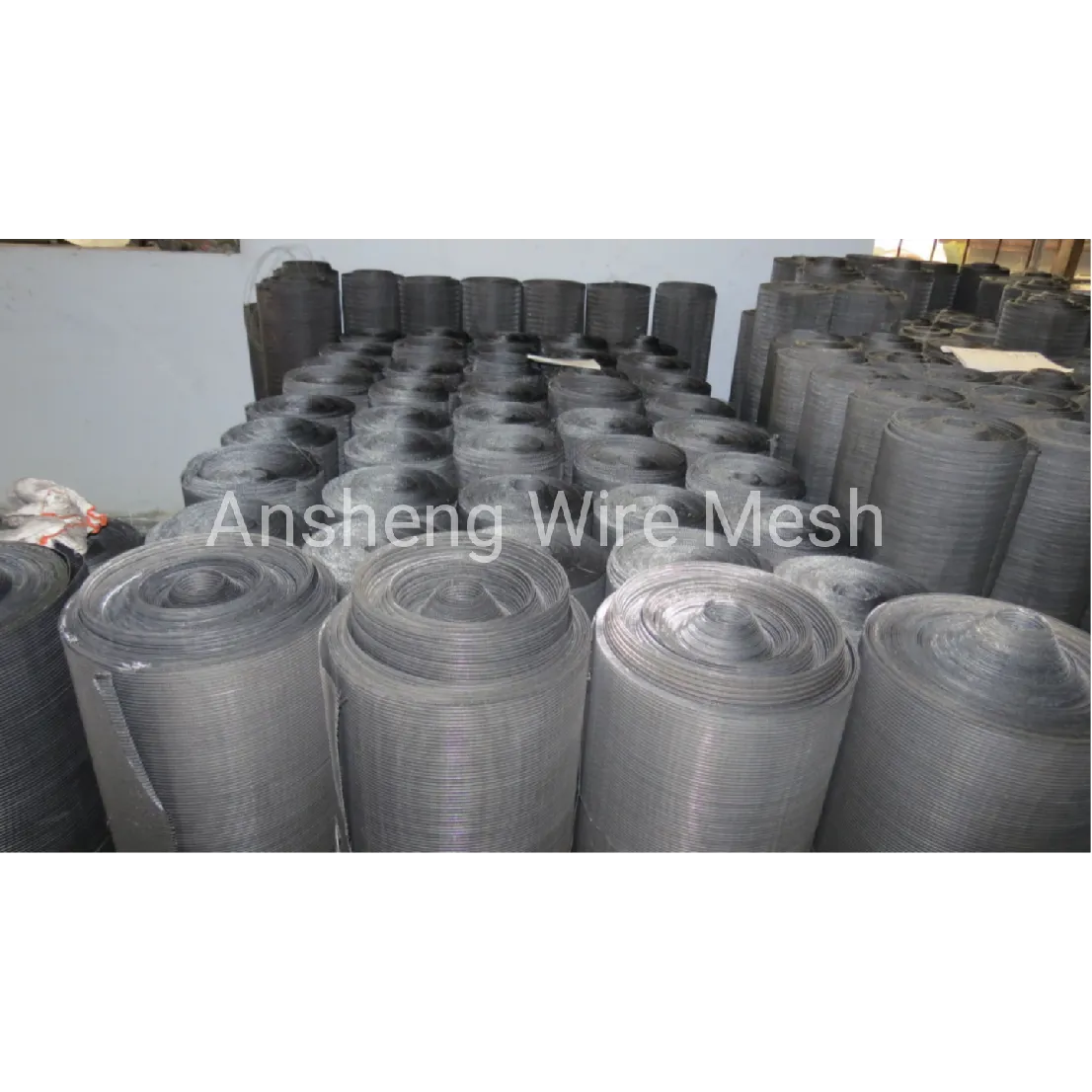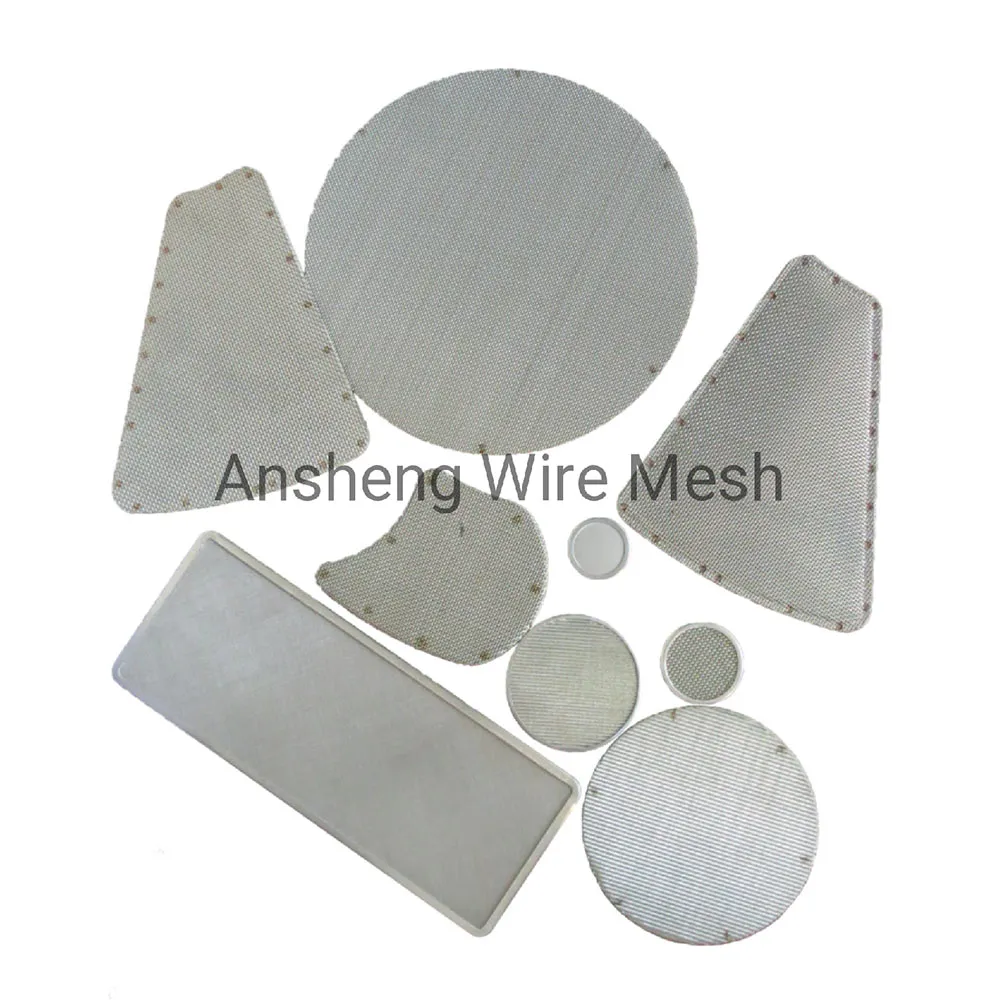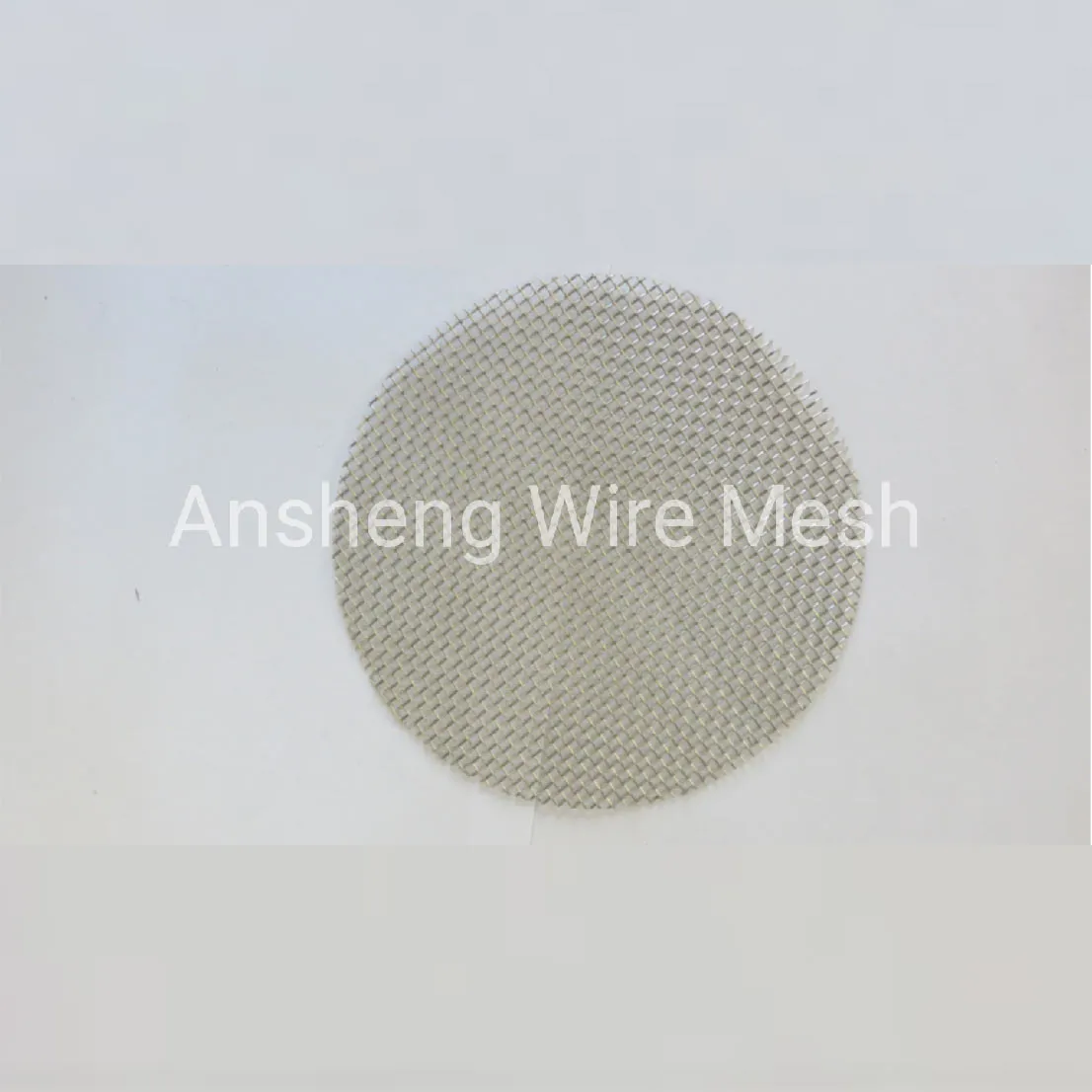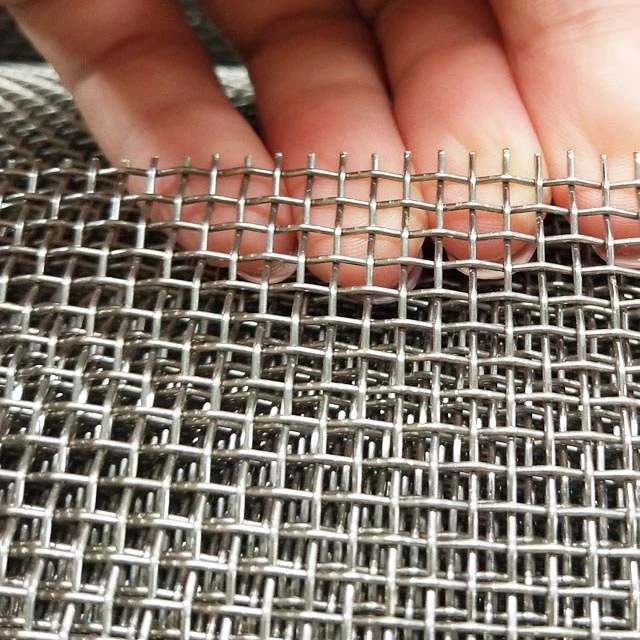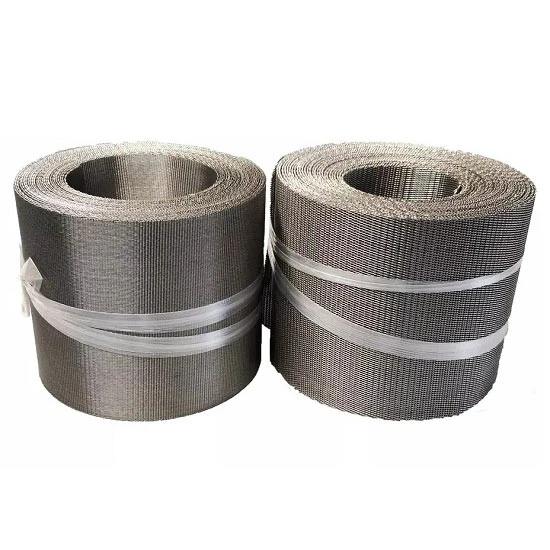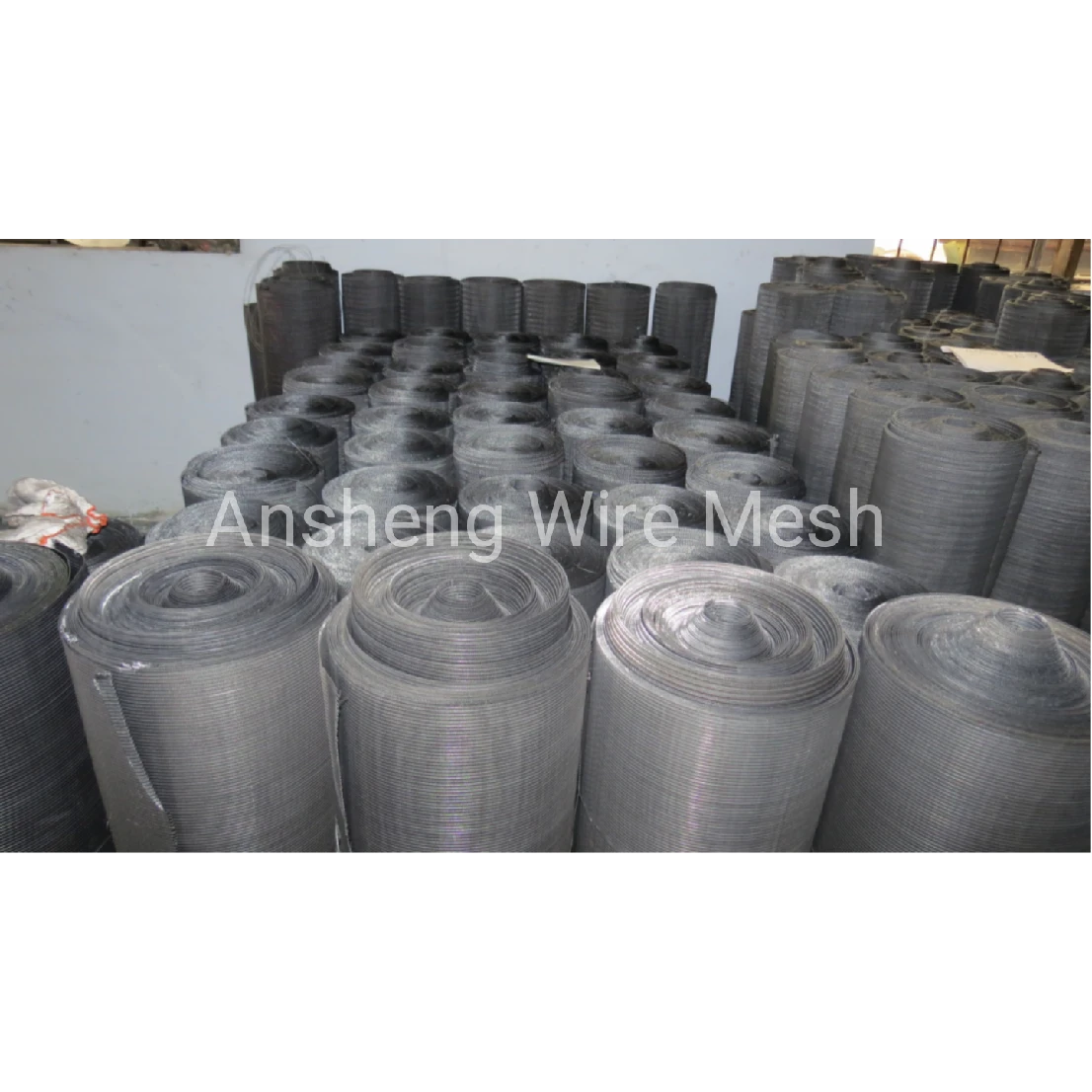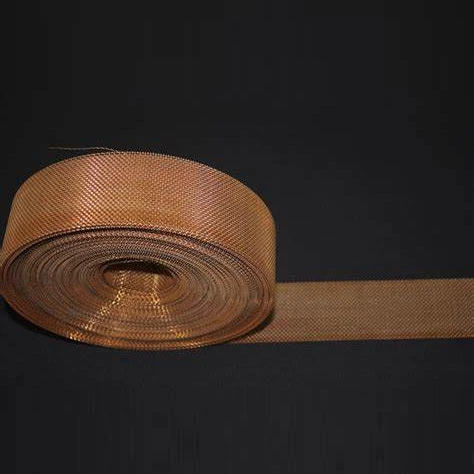Ultra Thin Nickel Mesh for High-Performance Cells
If you’re evaluating Battery Mesh this year, you’re not alone. EV, grid storage, and specialty cells are quietly shifting toward tighter tolerance nickel collectors. To be honest, the signal from labs is clear: thinner, cleaner weave equals lower impedance and more stable cycling. That’s where Ansheng’s Ultra Thin Nickel Mesh (from No.346 Xinying East Street, Anping County, Hebei, China) has been getting a lot of calls.
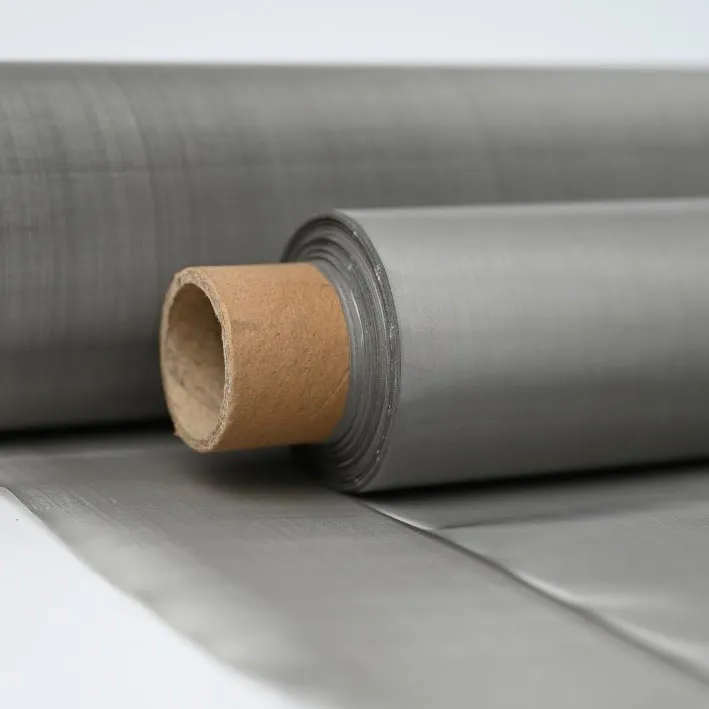
Industry snapshot
Two trends I keep hearing from battery engineers: nickel current collectors for alkaline/NiMH and pilot solid-state lines, and finer meshes for uniform current density. Copper and aluminum still rule in Li-ion, sure, but nickel mesh keeps popping up where corrosion resistance and high-temperature stability matter. Surprisingly, a lot of wearable and medical device teams like the tactile flexibility too.
Product specs (real-world focused)
| Parameter | Ultra Thin Nickel Mesh |
|---|---|
| Material | N6 / Nickel 200 / N4 (≥99.5% Ni, typical) |
| Mesh count | 1–600 mesh |
| Wire diameter | 0.02–8.0 mm (ultra-thin lines available) |
| Width | ≈1–2 m standard; custom on request |
| Length | 30 m standard; up to 350 m continuous |
| Weave | Plain weave, twill weave |
| Resistivity (Ni) | ≈6.9×10⁻⁸ Ω·m (ASTM B193; real-world use may vary) |
| Corrosion (salt spray) | ≥96 h no red rust (ASTM B117, typical) |
| Open area | ≈30–70% depending on mesh/wire |
Process flow and testing
Materials: Ni billets per ASTM B160/B162, drawn to fine wire, annealed for ductility.
Methods: Precision weaving (plain/twill), post-cleaning (degrease + neutral rinse), tension slitting, flatness control. Honestly, flatness matters more than people think in automated lamination.
Testing standards: ASTM E2016 (woven wire cloth), ASTM B193 (electrical), ASTM B117 (salt spray), dimensional QA to customer drawings; ISO 9001 system; RoHS/REACH compliant.
Service life: In NiMH/alkaline modules, teams report ≈500–1,500 cycles at 25°C; high-temp duties require derating. Your electrolyte chemistry will dictate the ceiling.

Where Battery Mesh shines
- Alkaline and NiMH cells (current collectors and tabs)
- Pilot solid-state and thin-film cells needing uniform current density
- Medical electrodes, sensors, EMI gaskets (bonus: conformability)
- Hydrogen and alkaline fuel-cell hardware (nickel compatibility)
Vendor comparison (quick reality check)
| Vendor | Min wire dia | Max width/length | Certs | Lead time | Customization |
|---|---|---|---|---|---|
| Ansheng (Hebei) | ≈0.02 mm | 2 m / 350 m | ISO 9001; RoHS/REACH | 2–4 weeks (typ.) | Mesh, weave, roll size |
| Vendor B | ≈0.03 mm | 1.5 m / 100 m | ISO 9001 | 4–6 weeks | Limited |
| Vendor C | ≈0.05 mm | 1 m / 50 m | — | 6–8 weeks | Standard only |
Customization and QA
Widths to 2 m, long rolls to 350 m, mesh counts from 1–600, plain or twill weave. Laser or mechanical slitting; oil-free cleaning for sensitive chemistries. Batch-level COC, resistance mapping, and flatness reports available. Many customers say the documentation makes PPAP a breeze.
Mini case notes
EV accessories supplier: swapped a punched nickel sheet for this mesh; module DCIR dropped ≈12% at 25°C. After 96 h ASTM B117, no red rust; weldability improved (lower spatter, operator feedback).
Wearable medical team: thinner mesh enabled a 0.3 mm electrode stack. User comfort up, and signal noise down ≈8% in saline tests. It seems that surface cleanliness mattered a ton.
Bottom line: for Battery Mesh projects where corrosion resistance, conductivity, and form factor are non-negotiable, ultra thin nickel is a safe, future-proof bet—just validate against your electrolyte and thermal profile.
References
- ASTM E2016 — Standard Specification for Industrial Woven Wire Cloth.
- ASTM B193 — Standard Test Method for Resistivity of Electrical Conductor Materials.
- ASTM B117 — Standard Practice for Operating Salt Spray (Fog) Apparatus.
- IEC 62133 / UL 1973 — Safety standards commonly referenced in battery system qualification.
Post time: Oct . 22, 2025 19:05
